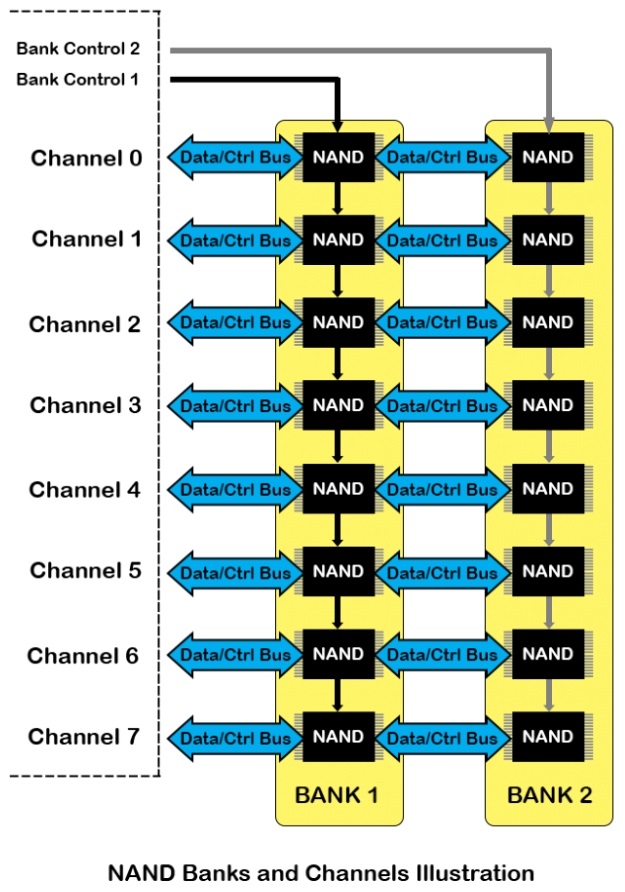One thing we’ve learned from SSDs is that storage performance matters. This holds true for smartphones as well, as we’ve seen several vendors work to improve read and write speeds. But Apple’s iPhone 7 suggests that the company may have taken some shortcuts in this department.
The majority of iPhone reviews are conducted on models with 128GB or 256GB of storage and not the 32GB variant. While it’s a known fact that larger SSDs tend to be faster, we have not tested it much in smartphones. According to Unbox Therapy, there is an 8x speed difference between the 32GB and 256GB iPhone 7 speed tests.

While this is a negative showing of the iPhone 7 32GB, it should be noted that storage tests are not always the best way to check how fast a device truly is. Similar to RAM bandwidth tests, storage tests don’t necessarily correspond with how fast a device is in the real world. A significant difference in sequential read/write speeds may only translate to a small impact on boot time or application load times. Desktop applications are typically more latency-sensitive.
In Unbox Therapy’s test, both iPhones (32GB and 256GB) were attached to the same USB port with the same action performed on each. Lew Hilsenteger synced a 4.2GB copy of Star Wars: A New Hope to both devices and measured how long it took to do it. The iPhone 7 256GB finished the copy in 2 minutes, 32 seconds, while the iPhone 7 32GB needed 3 minutes, 40 seconds to complete the same job. This means it takes the iPhone 7 32GB roughly 1.43x as long to copy a 4.2GB as it does the iPhone 7 256GB.
Apple’s iPhone 7 32GB is so much slower than the other variants due to the basic explanation that larger SSDs are faster. Here is a generic SSD block diagram to explain the issue:

Each pair of NAND chips is connected to a channel that’s accessed in parallel. The more channels a device supports, the more parallel it is, meaning the faster it is. However, the more NAND chips you have inside a device, the more expensive it is.
Apple probably has a good reason for not equipping the iPhone 7 32GB with as many NAND chips. The company may assume it can get away with slower transfer times on the less expensive hardware because owners with a 32GB model are most likely not going to spend much time copying data back and forth. Given that the copy times seem to be in line with the iPhone 6S, the company may have thought not many people would notice. While Apple finally moved away from the 16GB iPhone, it’ll still cost you if you want faster write performance.
Source: ExtremeTech
Advertisement
Learn more about Electronic Products Magazine





